RealCare babies teach teens life lessons
Cal High tries to provide students with unique and interactive learning opportunities, and among these is the RealCare baby doll project in the Child Development class.
The year-long class recently received a grant of $1,000 from EdFund to further improve the program. With this new funding, teacher Crista Haar was able to purchase 13 new RealCare baby dolls which include more advanced technology than those used previously.
“[The dolls have] really helped expand and improve the class because now more students can do the project at a time,” said Haar. “I’m hoping to get three more of them eventually.”
Haar said the new dolls have temperature sensors that let her know if students are changing the babies’ clothes. The dolls even have car seat sensors to monitor whether students are using their car seat correctly.
Though this new equipment adds to the class, Haar’s end goal has remained constant.
“I hope [my students] understand the difficulties and challenges of parenting,” said Haar.
For this project, students are each given a baby doll to take care of for three days and two nights. This includes taking the baby everywhere they go, changing diapers, feeding it regularly, and waking up to its wailing cries in the middle of the night to put it back to sleep.
“The secret with the baby is that the better you take care of it, the less it cries,” said senior Maya White, who is in the class this year. “So it was important to not miss any feeding or changing if possible.”
Many of the students that aren’t taking child development have their own experiences with the dolls.
“I’m impressed by the patience of the people who deal with the babies, and I feel bad for them when the baby cries in class and all eyes turn to them,” said junior Kat Hefter.
Some of these students feel as though the dolls are a burden for the people around the doll, as well as for its caretaker.
“[The dolls are] really good for the student taking the class but for others, it can be really disruptive,” said junior David Webster, who has been in class with two dolls while trying to take a test.
To an onlooker, the class and the responsibility that comes with it seems daunting.
But many students in child development thoroughly enjoy the class as a whole.
“What I like about the class is basically everything,” said junior Katie Paras. “We sing songs, make crafts, and we learn why you make or sing certain things and how it affects the way the child develops.”
The class is also not limited to just female students.
“It’s a really good experience and I think it’ll help [male students] empathize a little with their future wives when they’re going through this,” said sophomore Matthew Mao, the only boy in the class. “But I recommend [that male students only take this class] if they’re really interested.”
The welcoming environment of the class was another aspect that students mentioned frequently.
“Everyone is so nice to each other, and I am never uncomfortable in class like I am with other classes,” said junior Carley Leffel.
A significant contributor to the comfortable atmosphere of the class is Haar.
“She is always in a good mood and she always has something to tell us,” said senior Leah Baughman. “The activities [she plans] are just a plus.”
Alongside the widely known baby doll project, the students participate in a smaller, in-class activity in which they wear a 20-pound, water-filled pregnancy simulator.
The simulators are equipped with hard plastic balls to inflict lower back pain similar to the kind associated with pregnancy. In each class, a different student gets to wear the contraption for an entire class period and share their experience.
“It’s basically a giant front backpack placed directly on your bladder,” said White. “So that was fun.”
Not only are Haar’s lesson plans entertaining, but her kind and upbeat attitude keeps the class involved and interested in the material.
“She is so understanding of everyone and knows how to keep everyone engaged at all times,” Leffel said.
For students aspiring to work with children as a future career, child development provides multiple opportunities to learn about the growth and development of children.
“I think everything we are learning is super useful for the future because whether or not we have kids, everybody should know about kids and how to take care of them,” said junior Hanna Kinsey.
For some, learning came alongside a traumatic first experience.
“The very first time [the baby] cried, I had to feed it,” Leffel said. “And while I was, my arms dropped a little and it was just enough to snap the baby’s neck, which made it scream really loudly for a whole minute, which seems a lot longer when it’s happening.
“This made me very cautious the rest of the time I had the baby and with time, it got easier.”
As a result of taking care of the baby doll around the clock, many students realized how mentally and physically taxing it is to take care of child.
“It woke me up constantly throughout the night for an hour each time, and the other students [not from the class] aren’t very courteous to you,” said Paras. “They expect you to open the door or wait for them but it’s like, I’m carrying a twenty pound baby, so that’s not going to happen.”
With their hands full, students had just as much trouble juggling their daily routine as they did opening doors.
“With everything else in life like school, activities, friends, and family, a full day at school was exhausting and people’s reactions can vary a lot,” said Kinsey. “I realized how everything you do has to revolve around the baby’s needs.”
As if taking care of the baby wasn’t enough, a majority of the students said they got some type of rude comment directed toward them or their plastic baby dolls.
On the first floor of the Fine Arts building, an entire wall is filled with the assorted comments child development students heard while caring for their children.
Surprisingly, a majority of the remarks suggested violence toward the dolls, with phrases like, “Stab it in the eyes, I want to see what happens” and “What would happen if I ripped its head off?”
Worst yet, many students commented on the race of babies. The dolls come in various races and not everyone received one that matched their race.
“My students hear ‘why do you have a black baby?’ and ‘Who’s the baby daddy? Jay Z?’ Or worse, ‘Why do you have an N-word baby?’” said Haar. “It is especially disheartening when I think of my own daughter who is biracial. How do I explain to her racism when she gets older?
“These babies do more than teach students the responsibilities of parenthood, it helps them realize how far we still need to come as a society.”
” said Nathlich.
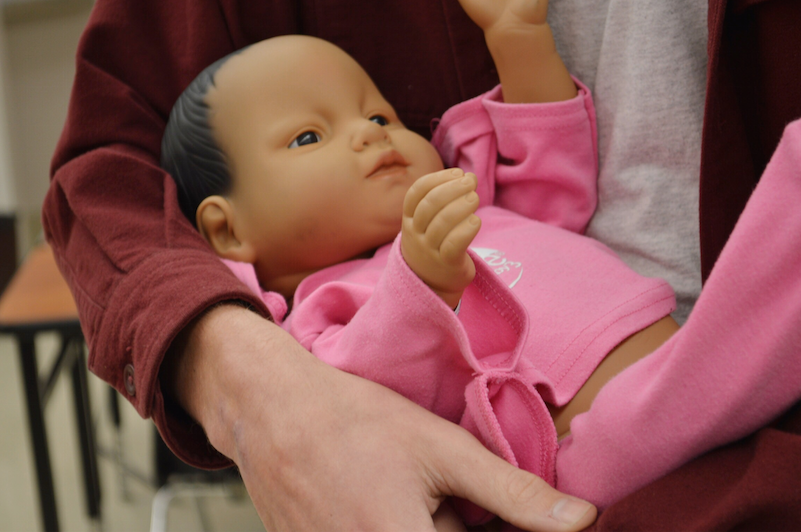

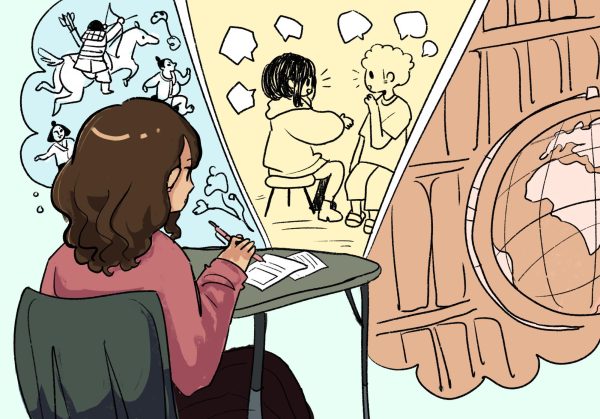
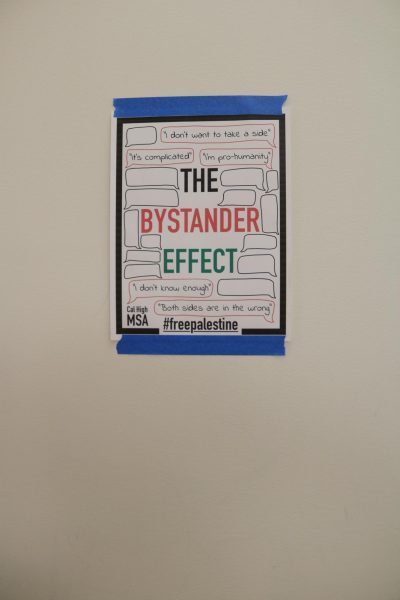
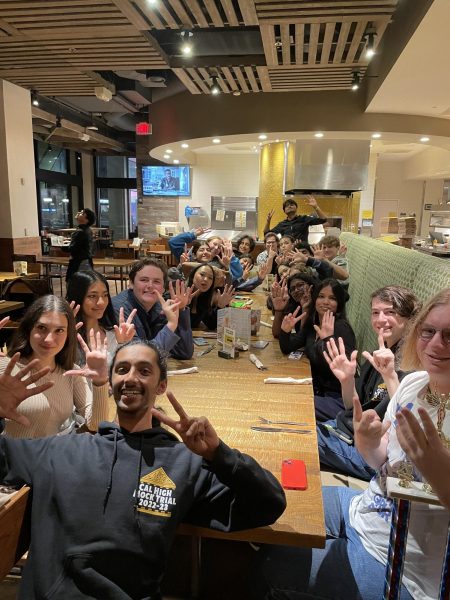
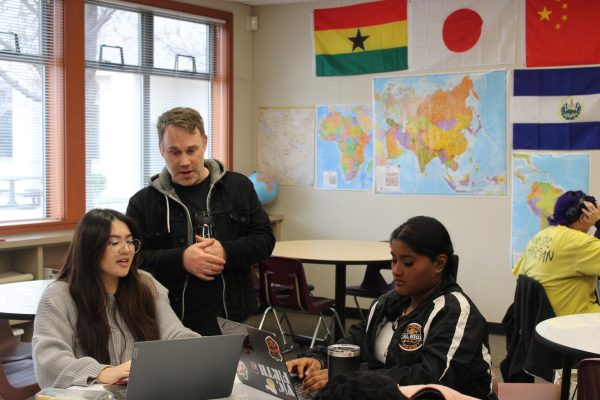

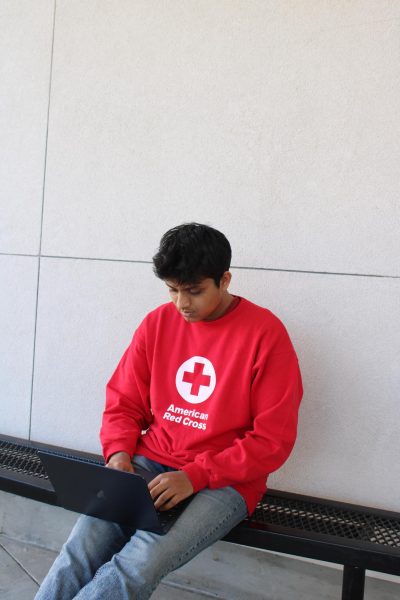
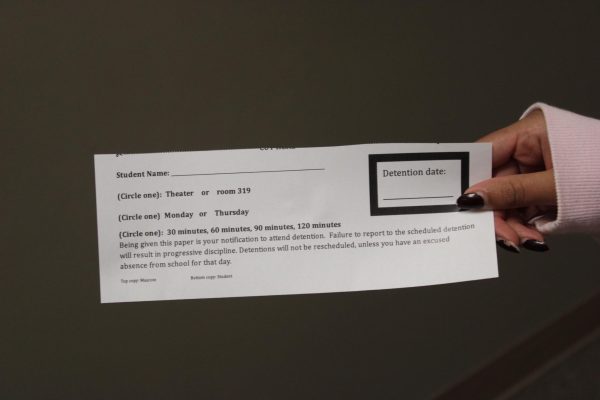

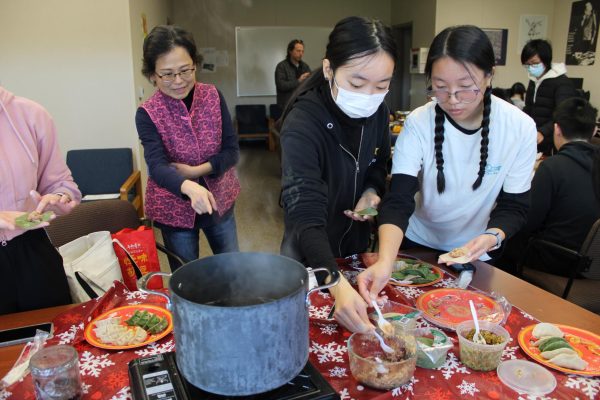
Pat • Apr 19, 2020 at 5:24 am
How much are these dolls?
Amber • Jul 12, 2018 at 6:12 pm
I really wanted a real care baby but j can’t ever find how much they are
Please email me and please tell me how to order one please thank you